When working correctly, our nerves inform our sense of touch, regulate our body's processes, and control our motor functions. When there's an issue with these nerves, however, it can make daily life a painful and unpleasant challenge.
Fortunately, effective support tools like compression socks can make a significant difference in your daily comfort and mobility. Here's everything you need to know to find the perfect pair.
The Best Compression Socks for Peripheral Neuropathy
If you’re dealing with peripheral neuropathy, compression socks or compression sleeves can help. Here are some of our faves that are effective, comfortable, and look great. In other words, they’ll ensure the only tingling you experience is the good vibes of the people around you.
360 Rainbow Paint Compression Socks
Add some color to your wardrobe with our 360 Rainbow Paint compression socks. For neuropathy, this fun pair will help boost circulation and reduce swelling in your legs and feet, keeping you comfortable all day. They also come as black compression socks and in other solid colors if you’re looking for something more subtle.
360 Tie-Dye Black Compression Socks
Embrace the tie-dye trend while supporting your leg health with our 360 Tie-Dye Black compression socks. Wear them under any outfit to enjoy the benefits of better balance, added protection, and improved sensation while entering the room with style.
Intuitive Aura Compression Socks
The Intuitive Aura compression socks are perfect for workouts, travel, or everyday activities and offer a soothing transition of color. They’re moisture-wicking, so they’ll stay fresh all day long, and they feature reinforced stitching, padded soles, and seamless toes for your comfort.
360 Mermaid Tail Extra-Wide Calf Compression Socks
If you're worried that your compression sleeves or socks may not fit, you'll be pleased to know we have a full range of wide-calf compression socks. These 360 Mermaid Teal compression socks provide all the benefits of compression for neuropathy in a broader size accessible to anybody.
360 Heathers Compression Socks 3-Pack
The Heather compression socks are a mainstream choice with a fun twist of color, made in North Carolina from an innovative blend of “stay cool” nylon and spandex. They’re backed by a lifetime guarantee, so you know they’ll last. Grab a handy 3-pack for even more value.
How Do Compression Socks Work?
Compression sleeves or socks are long, tight socks that apply graduated pressure to your lower legs and feet. They are firmest at your feet and ankles and gradually become less compressive toward your knee. The pressure squeezes your veins, helping to push the blood back up toward your heart. This prevents blood from pooling in your feet and mitigates swelling.
Compression sleeves or socks benefit people in any activity that stresses their feet and legs and causes discomfort and swelling. This makes them popular on airplanes and in athletics, maternity wards, and any environment where people stand for long periods of time. They are also excellent for people who struggle with mobility and circulation issues that often result in peripheral neuropathy.
How Do Compression Socks Help Neuropathy?
No matter the cause of your nerve issues, compression sleeves or socks can help manage the uncomfortable symptoms. For example, diabetic socks are specifically designed for this condition. Here are some of the benefits for neuropathy.
Reduced Swelling in Your Legs and Feet
Peripheral neuropathy can cause swelling (edema) in your lower legs, which can be uncomfortable and hinder proper movement. However, the pressure that the compression sleeves or socks apply helps to boost circulation and prevent fluids from pooling in your lower legs, keeping your swelling to a minimum.
Boosted Circulation
Peripheral neuropathy can impact proper circulation, but thankfully, compression sleeves or socks can encourage healthy blood flow between your heart and your legs and feet. In this way, compression socks help prevent severe complications like ulcers and gangrene — two major risks for people with diabetic neuropathy or severe nerve damage.
Better Balance
Peripheral neuropathy can cause poor stability and muscle weakness, increasing your fall risk. Compression sleeves or socks can help support your posture, prevent numbness, and relieve joint pressure, improving your overall balance. They also enhance your proprioceptive feedback — your body's sense of its position and movement, which helps stabilize your muscles and joints, reducing your fall risk. Some compression socks even include cushion for extra comfort and stability.
Psychological Comfort and Security
Beyond the physical benefits, wearing compression sleeves or socks can also provide a sense of psychological comfort. The gentle, consistent pressure can help reduce anxiety and enhance your overall feeling of physical security, making it easier to move confidently throughout the day. If you have a fear of falling, better balance can encourage confidence in you.
Improved Leg and Foot Health
Because peripheral neuropathy can lead to numbness, you may not notice when you have a cut or scratch on your legs and feet. Combined with the slow healing that comes with poor circulation, those with neuropathy are at a higher risk for ulcers and sores. Compression sleeves or socks provide physical protection to your legs and feet, and the boosted circulation helps to prevent infection.
Important Note: People with diabetes, especially those with existing vascular complications, should consult their healthcare provider before using compression sleeves or socks. Compression may not be suitable for everyone, and professional guidance ensures safety.
5 Factors to Consider When Choosing the Right Compression Socks
Not all compression sleeves or socks are created equal. Depending on when and how you plan to wear them, different types offer different advantages. Choose the right pair of compression socks based on your lifestyle needs for the best results.
1. Compression Level
Compression level is, of course, crucial when selecting compression sleeves or socks. Experts recommend starting with a lighter compression (15-20 mmHg) unless you’re directed otherwise by a healthcare provider. Severe cases of neuropathy may require medical-grade compression levels, typically in the 30-40 mmHg range. This compression level provides the necessary pressure to support your blood flow without causing additional discomfort.
2. Sizing and Fit
Proper sizing also ensures your compression sleeves or socks work effectively without causing discomfort. A good fit should feel snug but never painfully tight. Socks that are too tight can worsen your circulation issues, while socks that are too loose won't provide therapeutic benefits. Ensuring a snug, comfortable fit without excessive tightness is key for the best results.
3. Material
Bamboo fibers are softer than cotton, reduce friction, and wick away moisture, which helps keep your feet dry and comfortable while reducing the risk of infections. Meanwhile, nylon and merino wool are also common and effective compression sock materials. Heavier thermal socks with padding are excellent for nighttime warmth and cramp prevention. Lighter, breathable compression socks, are better suited for travel or daily activities where long periods of sitting or standing are involved.
4. Construction and Features
Look for features like a seamless toe to minimize the risk of irritation, wounds, and pressure points, which is important for sensitive or diabetic skin. Additionally, non-binding tops help prevent indentations or circulation restrictions, offering more comfort and safety during prolonged wear.
Choosing socks with cushioned footbeds and built-in arch support can also make a huge difference in your daily comfort, especially if you spend long hours standing or sitting. These features help absorb impact, reduce fatigue, and enhance your overall foot stability, further protecting against falls and discomfort.
5. Durability and Customer Reviews
Durability is always important, especially if you’ll be wearing these socks daily. High-quality socks should be able to withstand regular use and maintain their compression levels over time. Customer reviews can be an invaluable resource when determining the durability, reliability, and effectiveness of different brands. Look for positive reviews that highlight a sock’s lasting comfort and therapeutic benefits.
What Is Neuropathy?
Neuropathy occurs when the nervous system is damaged. Peripheral neuropathy is any condition affecting the nerves outside the brain and spinal cord. It can often impact your hands and feet, leading to tingling, numbness, pain, or weakness.
Symptoms of Peripheral Neuropathy
Because the nervous system governs all aspects of our physical experience, peripheral neuropathy can cause a wide range of abnormal sensations in your body, including:
-
Reduced sensation or numbness
-
Swelling in the legs and feet
-
Pain, often spontaneously
-
Tingling or pins and needles
-
Problems with balance or clumsiness
Causes of Neuropathy
Peripheral neuropathy can be a symptom of a range of different health issues, including a symptom of Long COVID. It's typically an effect of disease, injury, or pharmaceutical complications. However, sometimes, there's no known cause at all, which is known as idiopathic neuropathy.
No matter the cause of nerve damage, symptoms such as pain or numbness can interfere with comfortable daily functioning. Thankfully, compression sleeves or socks for neuropathy have become a popular management tool for foot and leg discomfort.
A Holistic Approach to Neuropathy Management
Managing neuropathy typically involves more than just wearing compression sleeves or socks. It's essential to take a holistic approach, which includes regular foot care, exercise, a healthy diet, avoiding alcohol and smoking, and stress-relief techniques like warm baths.
Compression sleeves or socks can be a valuable part of this broader management plan, helping to improve your quality of life while addressing multiple aspects of your health.
Frequently Asked Questions
1. How do compression socks help with neuropathy?
Compression socks improve circulation, reduce swelling, and enhance stability, all of which help alleviate common neuropathy symptoms like pain, numbness, and poor balance.
2. What compression level should I choose for neuropathy?
Most people start with 15-20 mmHg compression, but severe neuropathy cases may require medical-grade 30-40 mmHg socks. Always check with your doctor first.
3. Can I wear compression socks all day?
Yes, many people wear compression socks throughout the day for maximum benefits, but it's important to remove them at night unless your healthcare provider advises otherwise.
4. Are compression socks safe for diabetics?
Compression socks can be helpful for diabetics, but you must use them with caution. Consult your healthcare provider first, especially if you have vascular complications.
5. How long does it take for compression socks to work?
You may start noticing reduced swelling and improved comfort within a few days, but consistent daily use over several weeks delivers the best results.

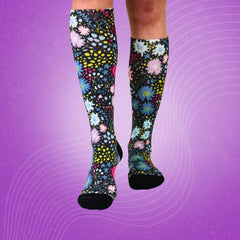
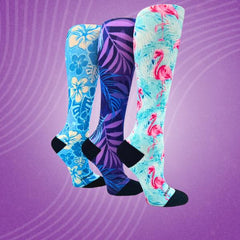
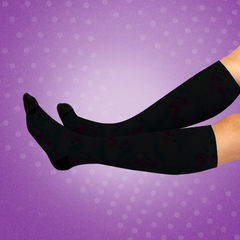
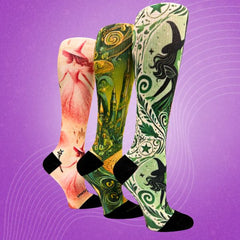
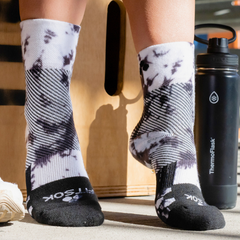


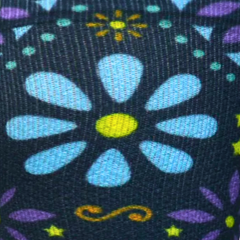
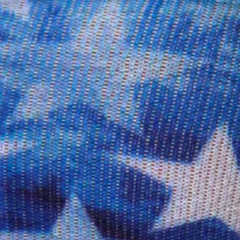


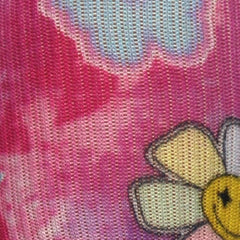

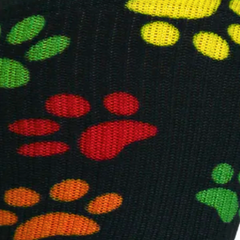
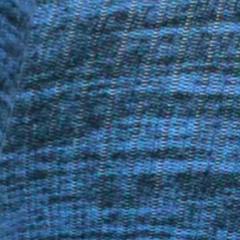
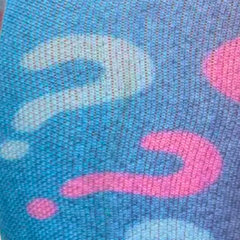
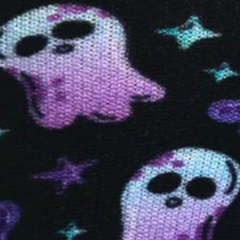
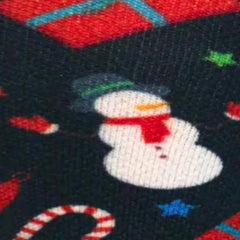

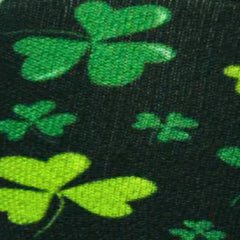
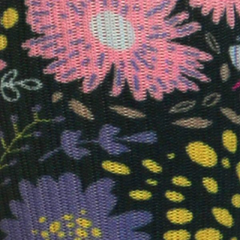
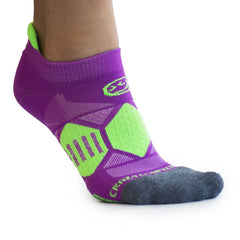
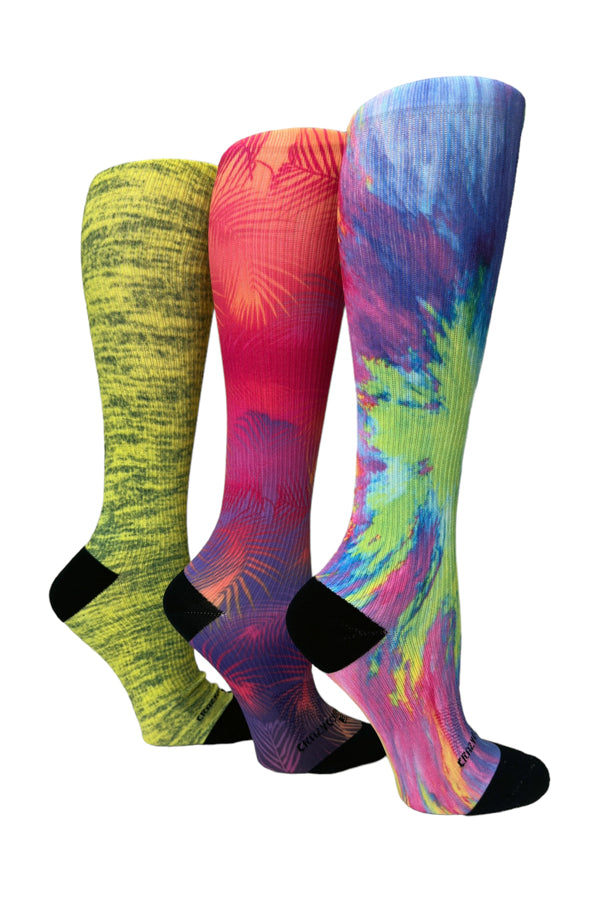

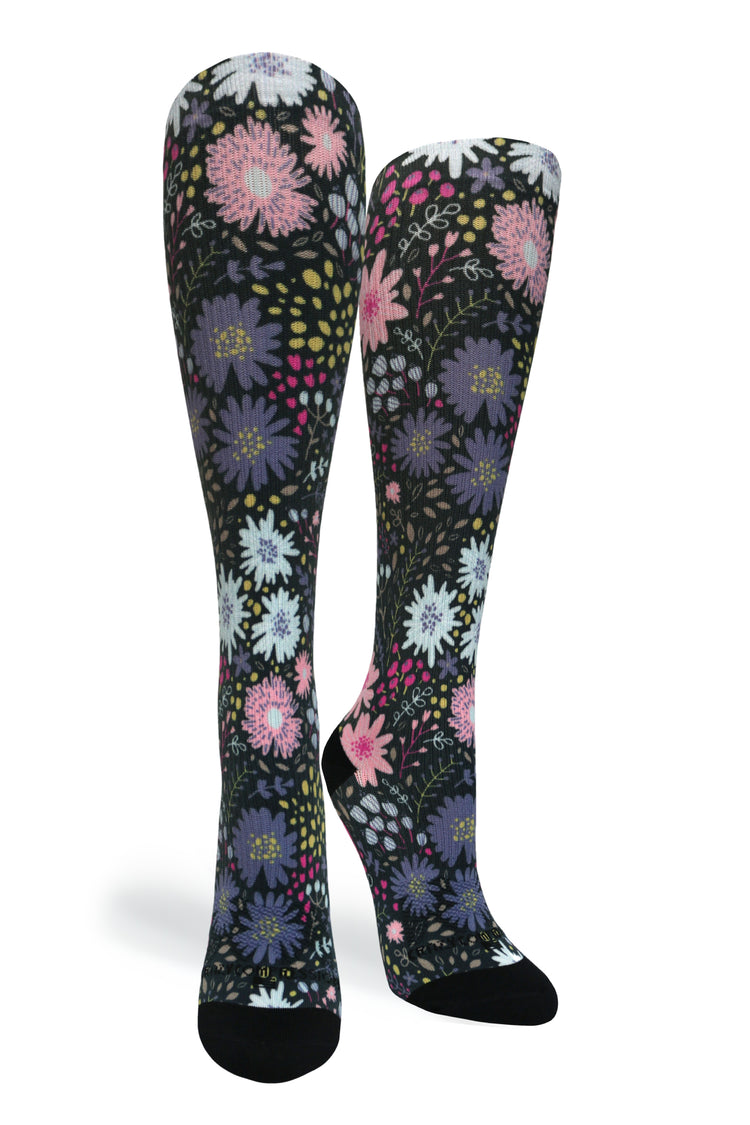

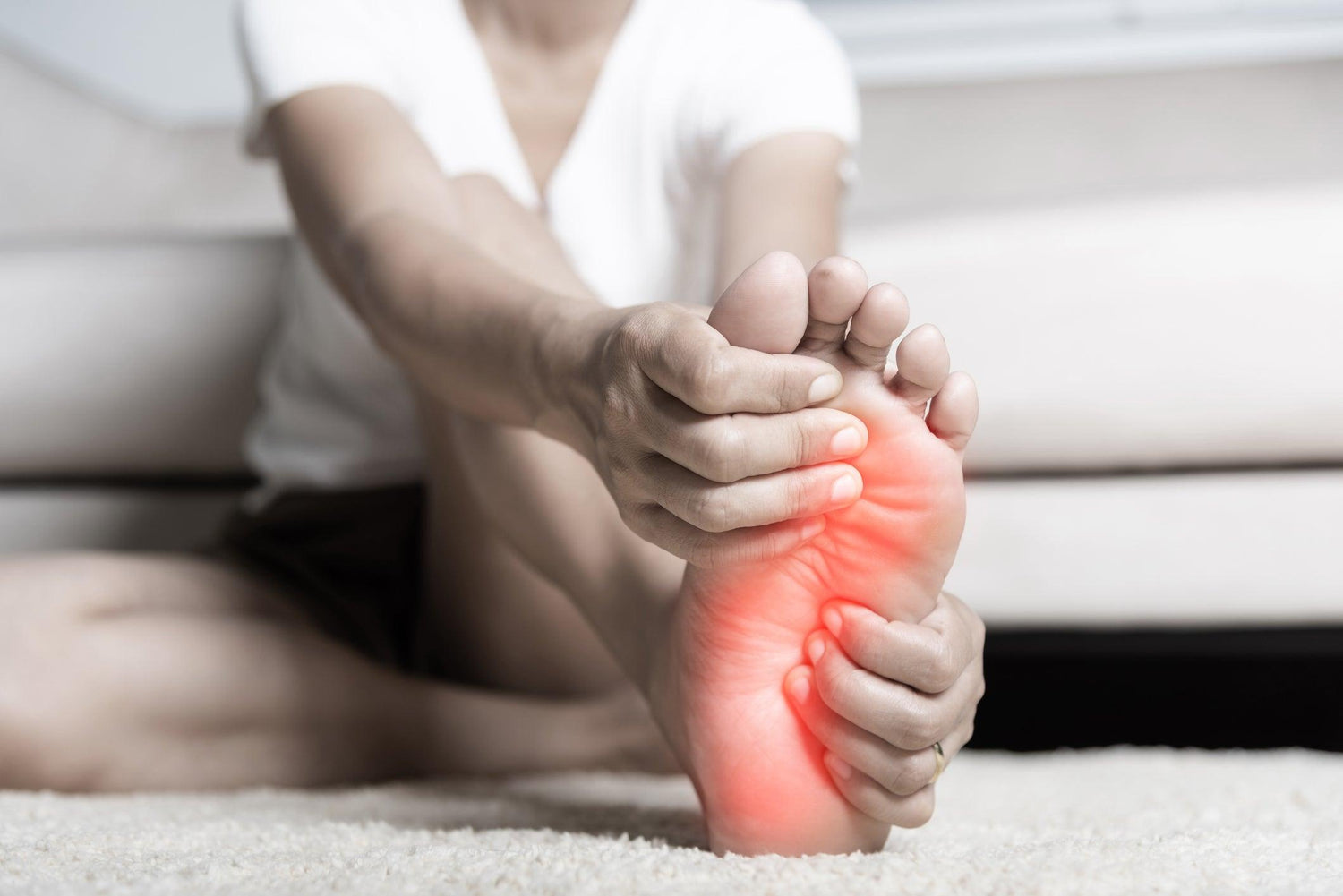
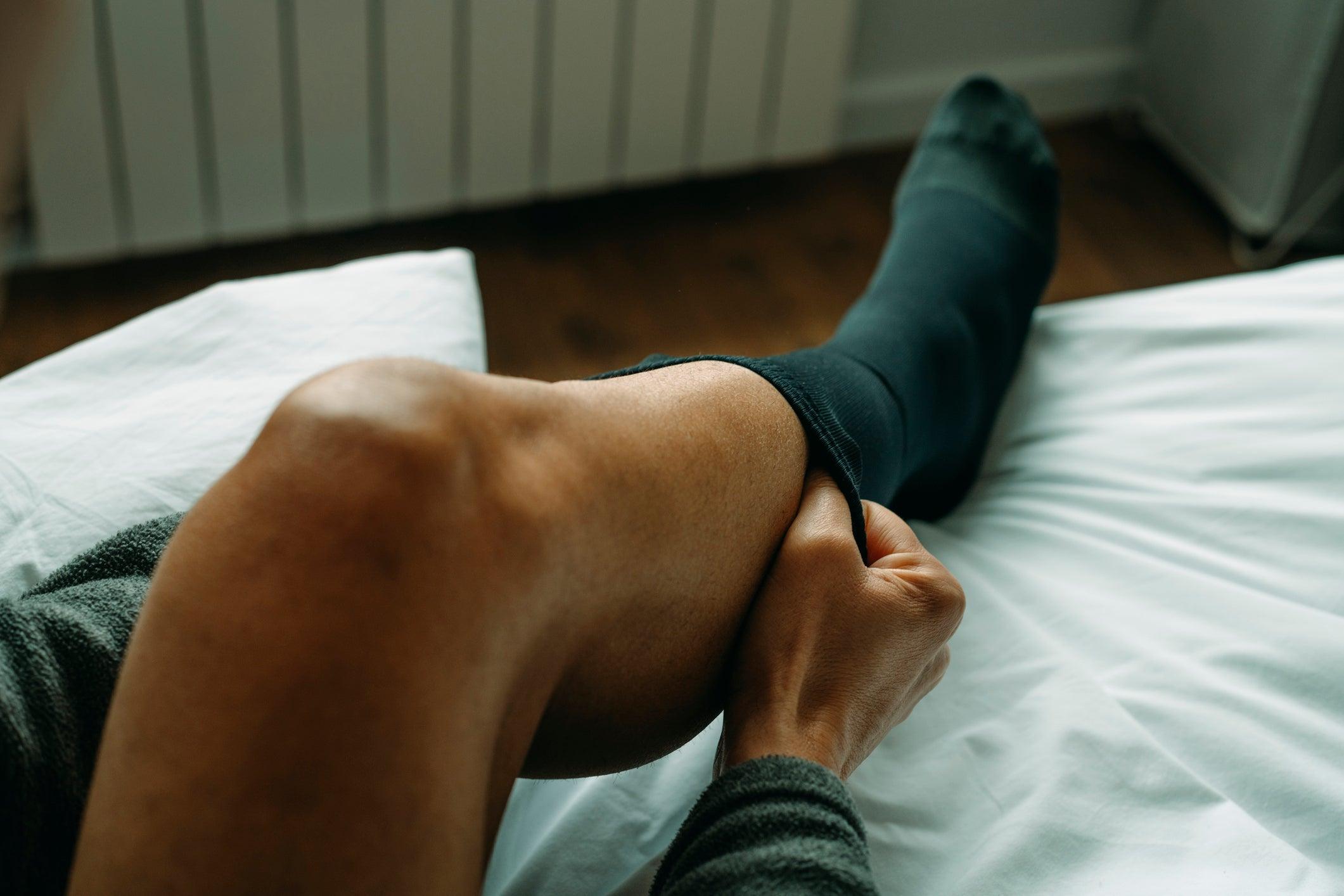
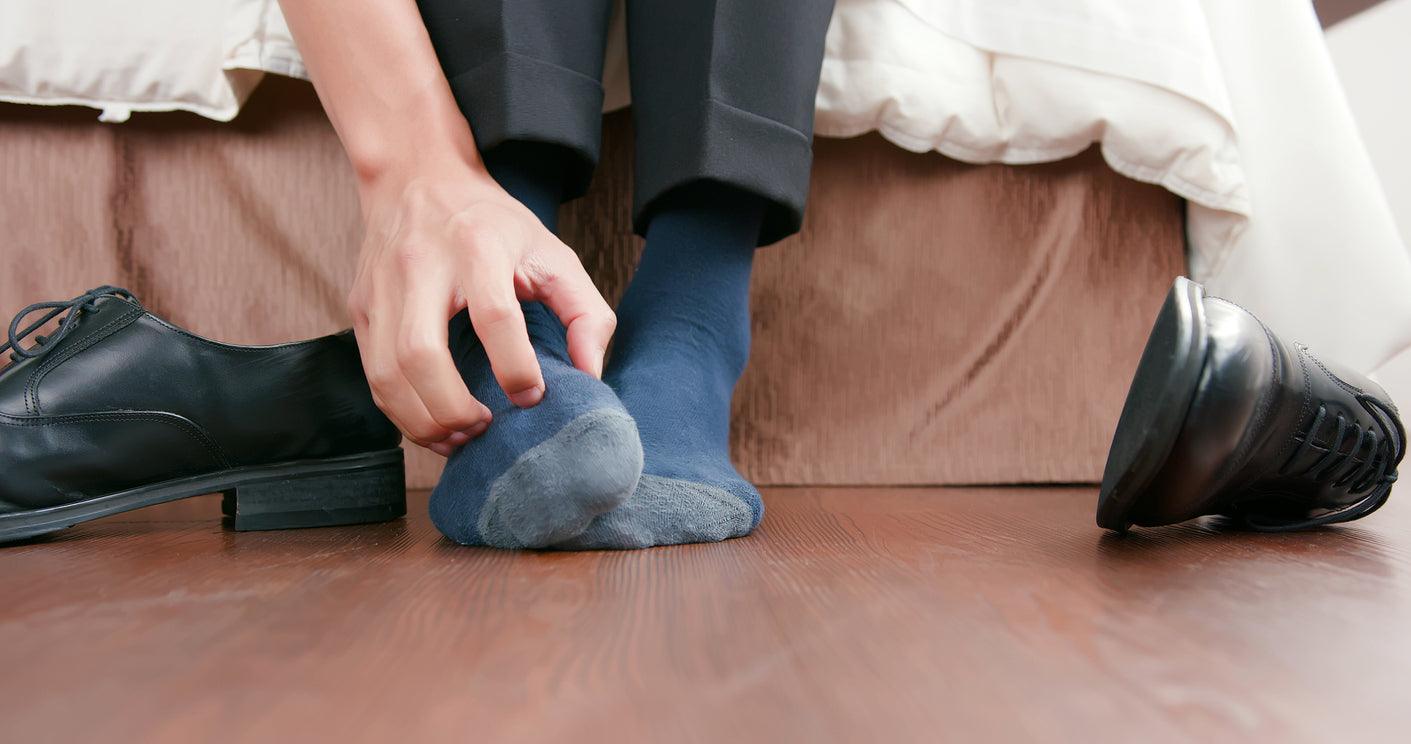
Leave a comment
This site is protected by hCaptcha and the hCaptcha Privacy Policy and Terms of Service apply.